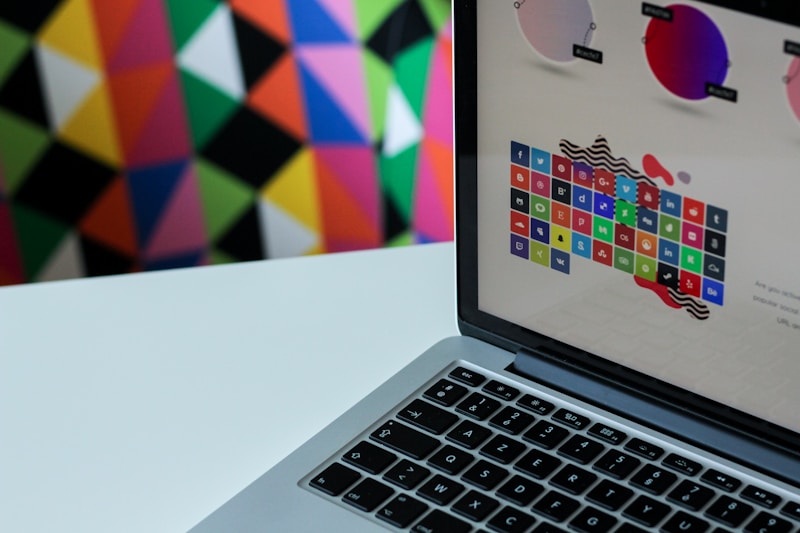Unlocking Success: Collaborations Between Designers and OEM Manufacturers
Unlocking Success: Collaborations Between Designers and OEM Manufacturers
Understanding the Collaborative Dynamics
In today’s fast-paced market, the collaboration between designers and OEM (Original Equipment Manufacturer) manufacturers is pivotal. With each possessing unique strengths, their synergy can lead to innovative products and significant market advantages. In this article, we will explore the various aspects of these collaborations, their benefits, and best practices for successful partnerships.
The Importance of Collaborations
Designers are visionary creators, while OEM manufacturers are skillful at transforming those visions into tangible products. This collaboration can enrich the design process and streamline the production phase. The right partnerships can decrease time to market, enhance product quality, and elevate brand reputation.
Key Benefits of Collaborations
| Benefits | Description |
| Innovative Designs | Combining creative insights with manufacturing expertise can lead to groundbreaking products. |
| Cost Efficiency | Sharing responsibilities can lead to reduced costs in both production and logistics. |
| Speed to Market | Effective collaboration can shorten the product development cycle. |
| Quality Assurance | Collaboration allows for continuous feedback, ensuring higher quality standards. |
| Market Insights | OEMs often have valuable market data that can benefit designers. |
Challenges in Collaborating
Despite the myriad of benefits, collaborations are not without challenges. Miscommunication, differing objectives, and cultural misunderstandings can hinder progress. It's essential that both parties establish clear objectives and maintain open lines of communication to minimize these risks.
Effective Communication Strategies
Creating a strong communication strategy is vital in overcoming challenges. Regular meetings, updates, and feedback sessions can help keep everyone aligned. Using digital tools for project management can facilitate transparency and collaboration.
Establishing Clear Expectations
Before commencement of the partnership, both designers and OEM manufacturers should set mutual goals and expectations. This clarity can help in facilitating a smoother collaboration and helps in dispute resolution if conflicts arise.

Real-World Examples of Successful Collaborations
Examining successful case studies can provide valuable insights into effective collaborations. For instance, many high-end fashion brands collaborate with specialized OEM manufacturers to produce limited-edition lines. One notable example is the partnership between Nike and various OEMs, which has allowed them to introduce innovative sportswear faster and more efficiently than their competitors.
Industry Trends
As trends shift, collaborations are becoming increasingly common across various sectors, including technology, automotive, and consumer electronics. This shifting landscape highlights the need for designers and OEMs to stay ahead of the curve and prioritize collaborations to enhance their offerings.
Best Practices for Successful Collaborations
To harness the full potential of designer-OEM collaborations, consider the following best practices:
- Foster a Collaborative Culture: Encourage an environment that supports creativity and open dialogue.
- Leverage Technologies: Utilize software for joint design processes and project management.
- Be Open to Feedback: Constructive criticism should be welcomed to foster improvements.
- Establish Milestones: Setting and achieving short-term goals can boost morale and deliver quick wins for both parties.
- Regularly Review Compatibility: Ensure that the collaboration remains beneficial to both parties.
Addressing Legal Considerations
When entering into collaborations, it’s crucial to address legal considerations such as intellectual property rights, confidentiality agreements, and contract terms. Clear legal frameworks will protect both parties and promote trust.
The Future of Designer-OEM Collaborations
The future of collaborations between designers and OEM manufacturers looks promising. As industries evolve and new technologies emerge, the opportunities for creative and transformative partnerships will expand. Designers can capitalize on innovations such as 3D printing, AI, and sustainable materials, while OEM manufacturers can enhance their capabilities through these advancements.
Emerging Technologies Shaping Collaborations
Technologies like AI and machine learning are aiding designers in predicting trends and creating tailored designs. Meanwhile, advanced manufacturing techniques are allowing OEMs to streamline production processes and reduce costs. Embracing these technologies together will be key for successful partnerships.
Conclusion
In conclusion, collaborations between designers and OEM manufacturers hold immense potential for innovation and efficiency. By understanding each other’s strengths, establishing clear communication, and leveraging technology, these partnerships can yield winning products that meet market demands. For those embarking on this journey, remember to be adaptable and open to learning from each other's expertise. Successful collaborations will not only enhance product quality but will also contribute to a more sustainable and competitive marketplace.
Recommendations:
- Invest in relationship building with potential collaborators.
- Regularly assess the partnership's performance and sustainability.
- Stay informed about industry trends to adapt and evolve.
By adhering to these practices, designers and OEM manufacturers can ensure fruitful collaborations that benefit all involved.
